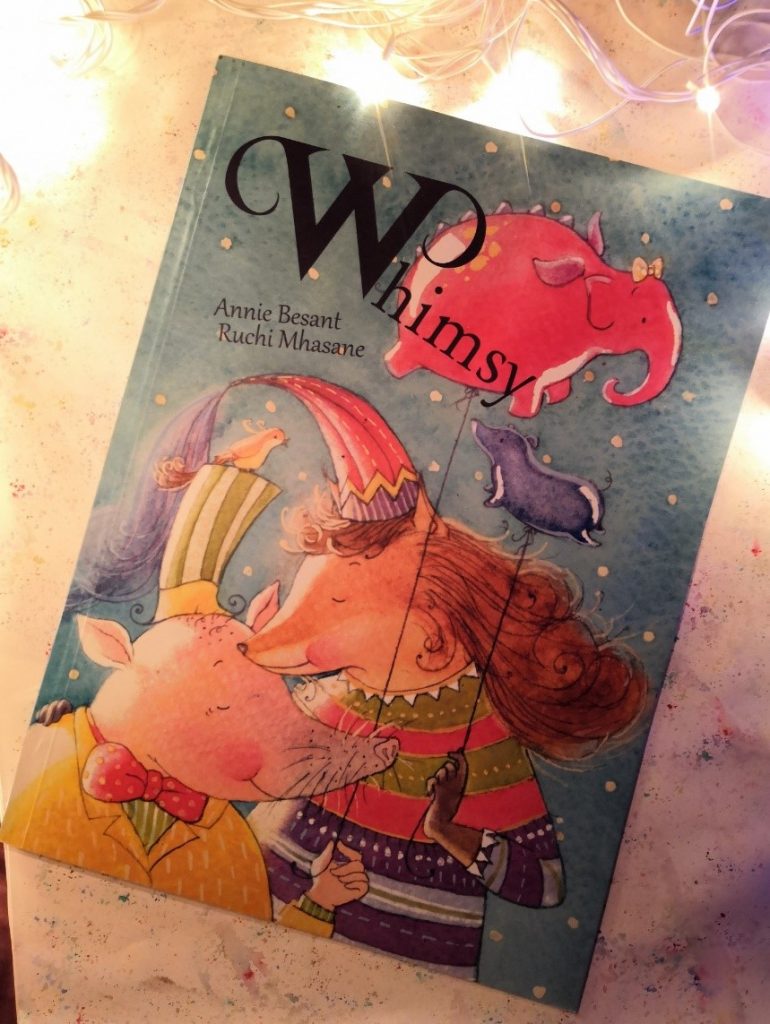On the Importance of Picture Books
If, even as an adult, you haven’t pored over a picture book, absolutely captivated by its splendid illustrations and simple yet powerful stories—then you are missing out on something truly wonderful. Embodying nostalgia to some and unexplored worlds to younger others, universally, the picture book is a thing of joy. Furthermore, they are essential to children’s language acquisition and improvement and for engaging their inventiveness and imagination.

It’s a simple fact: children love anything that has to do with colours and art. It’s the reason they’re always running out of coloured pencils, always asking for new colouring books, and always scribbling on perfectly white walls with wax crayons (sigh). Their drawings probably make it onto the already jam-packed kitchen refrigerator faster than you can buy magnets. Investing in picture books is a great way to get your child to read because these books are filled, cover to cover, with glorious visuals and vibrant colours. Their magnetic appeal draws children in and gets them excited about exploring the book, even if they don’t intend to read it (which they end up doing anyway to understand the story).
Additionally, the illustrations are clues to children for when they’re reading. Even if they don’t understand the words, or if they’re new to English, they instinctively refer to the accompanying illustrations to fill the gaps in their understanding. The reverse is also true: when the text in a book is more descriptive than its illustrations, or if the illustrations only depict certain scenes from the text, children use their imagination to visualize what the missing scenes might look like.
Engaging children creatively is not the only thing picture books do, however. Using rhyme and refrain, they help with fundamental vocabulary development. When a child reads a catchy rhyme or if a sentence is repeated several times in a book, it is prone to stick in their head. They are then more likely to use the vocabulary from it in everyday speech or in their own writing. Especially when associated with pictures, words become easier to remember and recall, as many real-life experiences evoke memories of what we see in picture books. Repetition specifically delights children, as they enjoy knowing that a repeated line is just around the corner as they read, making them feel like they are more than just an observer in the story.
Picture books also infuse values and ethics with potent stories and driven characters. The aim is to make reading fun and exciting for children, so it doesn’t feel like a chore. Making younger children read chapter books right off the bat is sometimes a recipe for disaster, since the sheer volume of it appears daunting to the child. On the other hand, picture books, combining attractive illustrations and only little bits of text on each page, are less likely to intimidate the child and are incredible vehicles for children’s creative, linguistic and imaginative development.





